Muharram in Lucknow, Indian city known for rich Shia cultural heritage
By Professor Shireen Moosvi
It is said that in India, Timur Lung introduced the observance of mourning in Muharram. But it was during the time of the Nawabs of Oudh who were Shia and had Lucknow as their capital that the mourning took popular and a common elaborate form and spread among the entire citizens of Lucknow irrespective of religion and caste.
Even today the Tazia (a recreation of the tomb of Imam Hussain) are made only by Hindus and the bhangis (wash-room cleaners) collect contributions and take out their Tazias. Maulana Kalb-i Husain Saheb used to begin his Majlis at Ghufran Maab’s Imambara only after one Mr. Saksena recited his soz (a form of storytelling through elegies that developed during the time of Oudh).
Lucknow remained a center of amity among Hindus and Muslims till the Sangh Parivar and its successors, the Bharatiya Janta Party (BJP) came to power.
The Imambaras and Karbalas built by the Nawabs of Oudh are still there, though recently under the incumbent government, some have been totally destroyed, e.g., Suppay ki Karbala where mainly the members of the family of Nawabs of Awadh were buried and converted into farmland.
Nevertheless, the Imambara of Asifuddaula, Husainabad Imambara, Ghufran Maab Imamabara, Aish Bagh Karbala, Nazim Sahab ka Imambara, Agha Baqar ka Imambara, etc., are still there besides many more lesser known ones.
The Nawabin-i-Awadh laid down many modes of mourning for the martyrs of Karbala besides Majlis and Matam, hadis and nauhakhawni, the common forms of mourning where people (men and women separately) collect at home or in the Imambaras and mourn the martyrdom of the Shaheedan-i- Karbala by reciting the incidents in prose (hadis) and poetry (Marsiya, Nauha/matam) beating their chest.
From the time of Asif-ud-daula to the last ruler of the dynasty Wajid Ali Shah (who in the 1857 mutiny was imprisoned by the British and was sent to Calcutta, where his grave in an impressive Imambara built by him out of his pension paid by the British government still survives and becomes a center of mourning for martyrs of Karbala from 29th of Zilhij to 8th of Rabi-ul-Awal (Hijri months) till now.
The Nawabs of Oudh introduced many forms of mourning such as aag ka matam in which people walk bare-footed shouting “Ya Hussain” with ‘Alams in their hands, and strangely enough their soles get no burns. Majalises are – held from the 29th of Zilhij to the evening of the 8th Rabi‘-ul-Awwal at the Imambaras, Karbalas and private homes.
The mourning was not confined to Imambaras such as Asifudduala ka Imambara, Husainabad ka Imambara, Talkotray ki Karbala, Aishbagh ki Karbala and many more Imambaras and Karbala all over the old Lucknow.
A main feature of Lucknow is the Zanani Majlisain (the mourning ceremonies of the women), which women hold at home for the entire mourning period of two months and eight days.
During this period only clothes of black, green, and blue shades are worn. No bright colors at all, nor any ornaments. It is the period of sog (mourning).
In Zanani Majlisain is especially known for women reciting sozkhwani, Marsiay/Hadis, Matam and Nauhakhwani at their homes.
Apart from this, the women also take out all their ornament bangles, etc. on 29th Zilhij till the evening of 8th Rabi-ul-Awwal.
Some of them themselves write and compose these (I for instance mainly recite Matam/Nauhay written by my mother, aunt, grandfather, and cousins).
The 4th of Muharram is dedicated to mourning the martyrdom of Hazrat Zainab’s sons Aun and Muhammad.
The 5th of Muharram is commemorated the martyrdom of the sons of Hazrat Muslim, and the 6th of Muharram is fixed for mourning the martyrdom of Hazrat Hur, who left Yazid’s army to join Imam Hussain's caravan.
The 7th of Muharram is for remembering and mourning Hazrat Qasim ibn Hasan.
For mourning Hazrat Abbas, the 8th of Muharram is dedicated and his Alam with Mashk taken out through the street
Whereas, on the tenth of Muharram ‘Ashura’ all starve till the evening that is broken just before the sunset.
Even in Ghufran Maab’s Imambara, there is always a separate marked place for women, particularly during the Sham-i Ghariban. In other Imambaras too, separate arrangements are made for women.
Many more Taziyas and Taboot are taken out such as Chup Taziya in which excepting the beating of the chest and mourning views no one speaks or recites anything.
On the evening of ‘Ashura, the 10th of Muharram, Majlis-i Shama-i Ghariban is held at Ghufran Ma‘ab’s Imambara with separate arrangements for women.
Professor Shireen Moosvi is a well-known historian in India who taught history at the Aligarh Muslim University, India.
Trump threatens 200% wine tariffs on France to push Macron to join Gaza board
Yemen’s Saudi-backed PLC slams UAE for running secret prisons; Abu Dhabi denies
Swiss MPs move to strip UEFA of tax-exempt status over failure to ban Israeli teams
VIDEO | Massive Michigan pileup sees over 100 vehicles collide in highway crash
Diagnosing the roots of Iran’s economic turmoil
VIDEO | Press TV's news headlines
Son of Iran’s deposed Shah urges US, Israel to bomb country after failed ‘regime change’ plot
Jan. 12, 2026 – the day Iranians again rallied to reject hostile plots against Islamic Republic


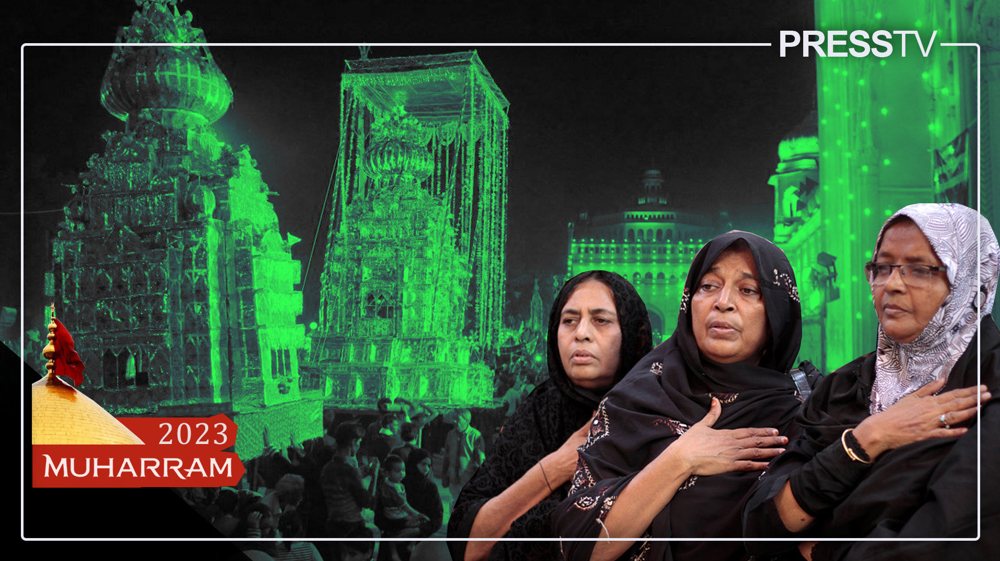
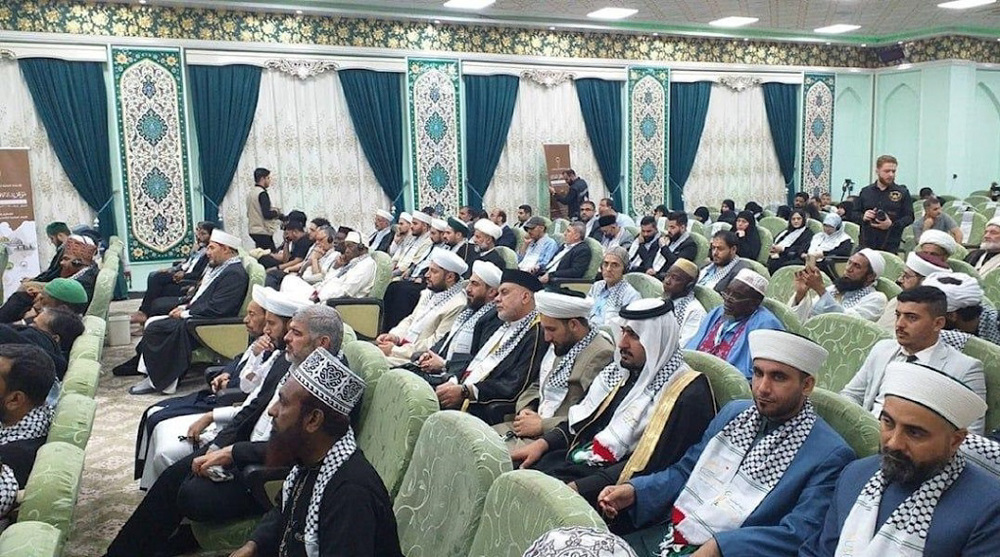
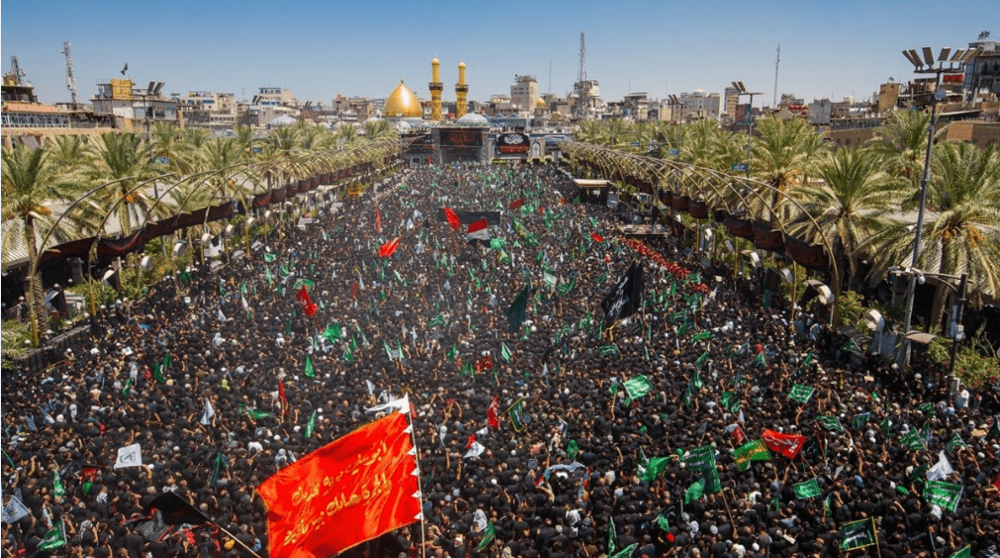
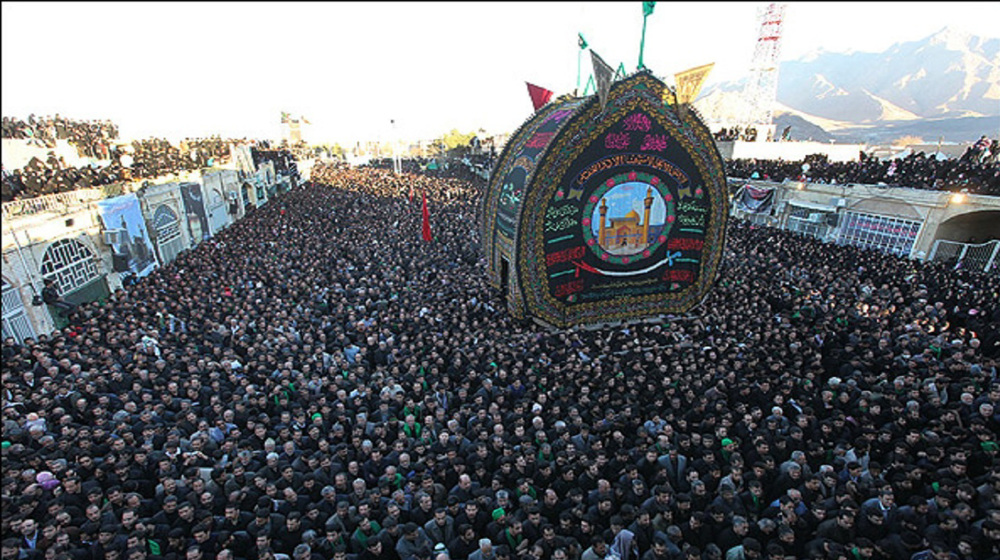



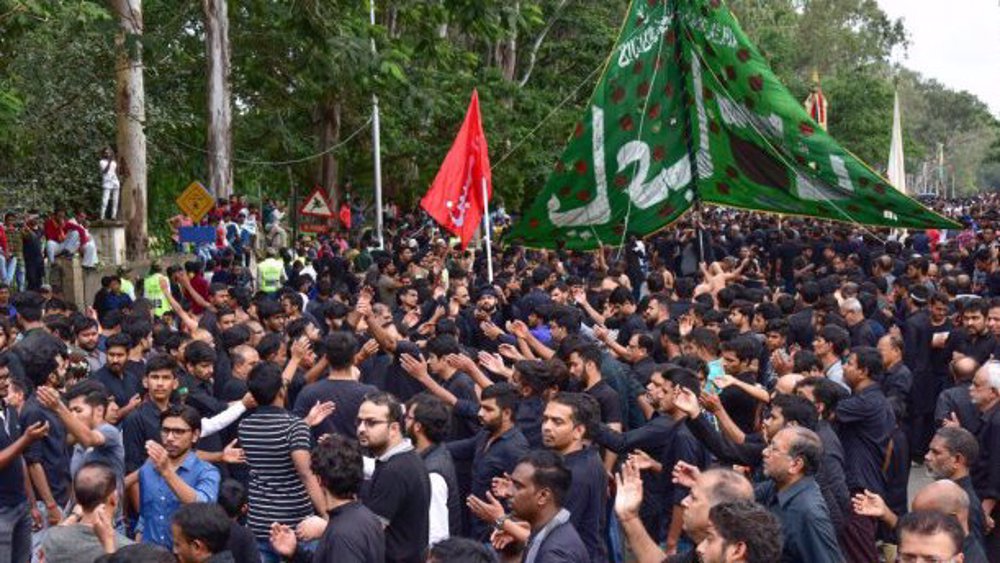


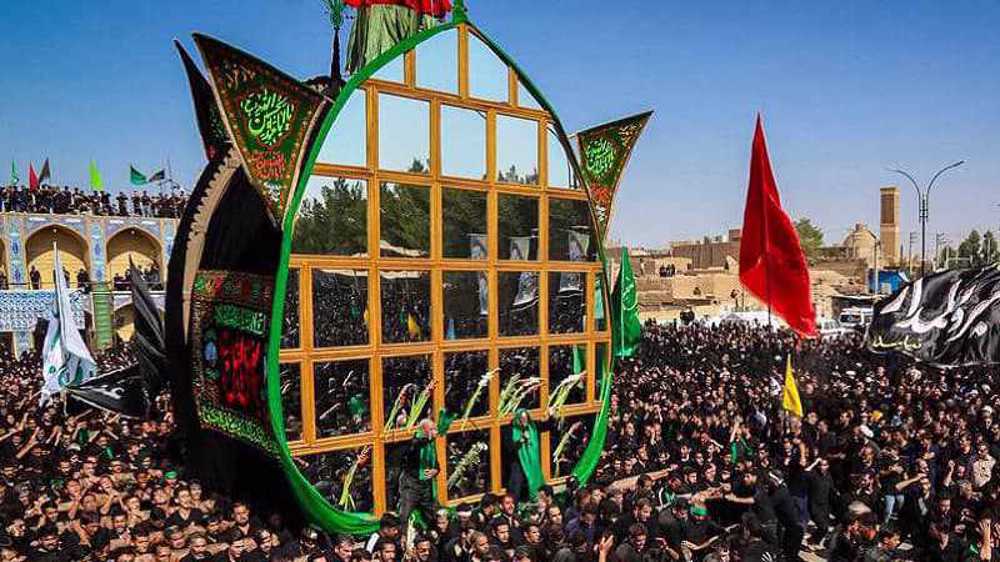

 This makes it easy to access the Press TV website
This makes it easy to access the Press TV website